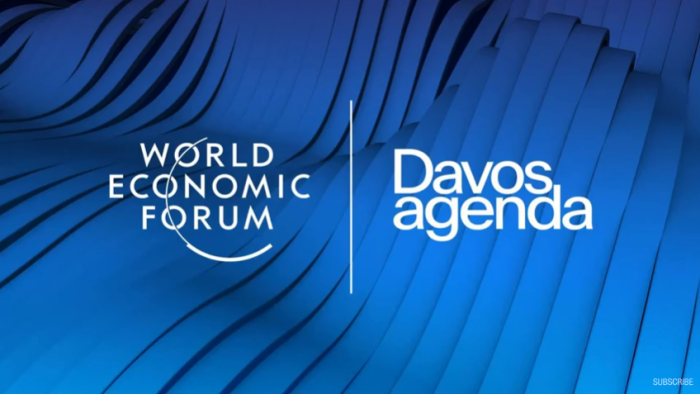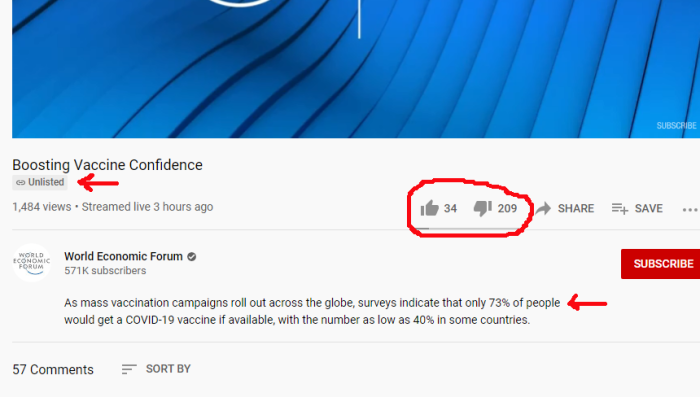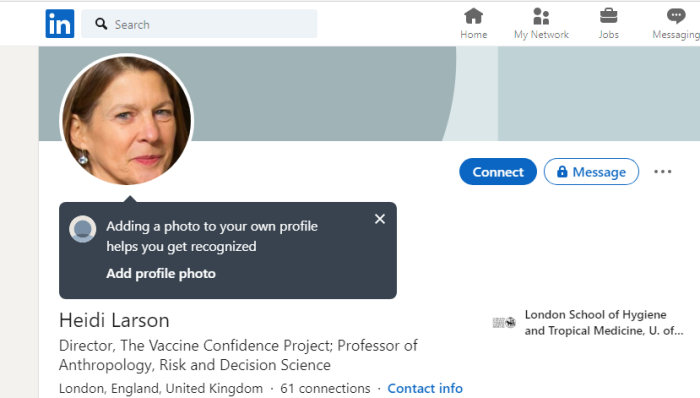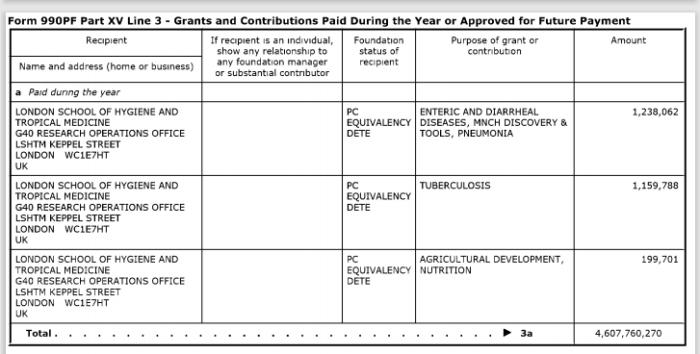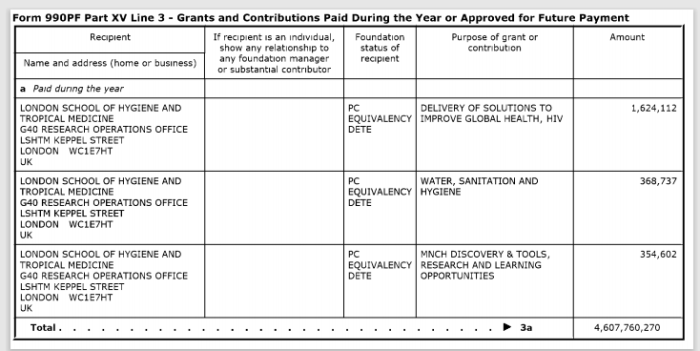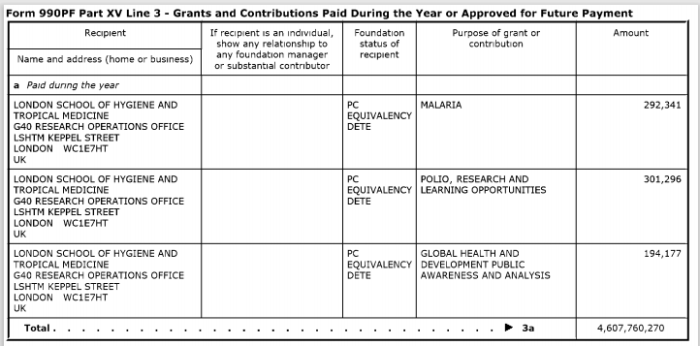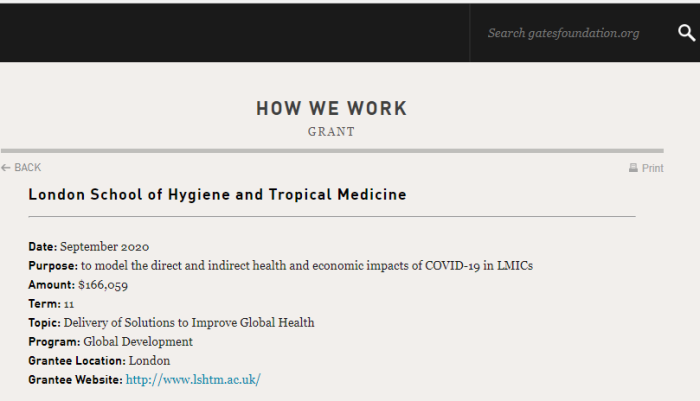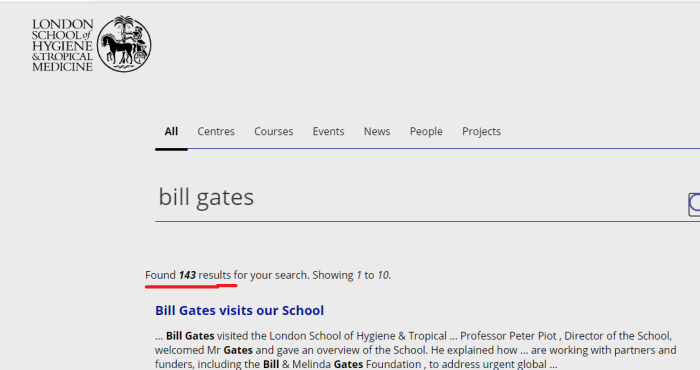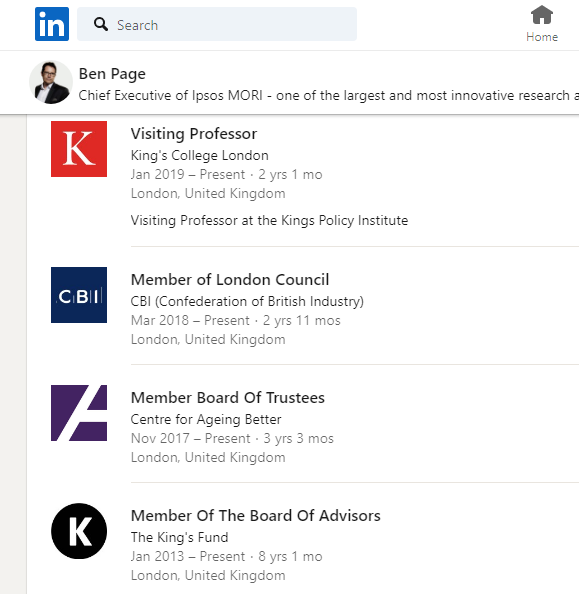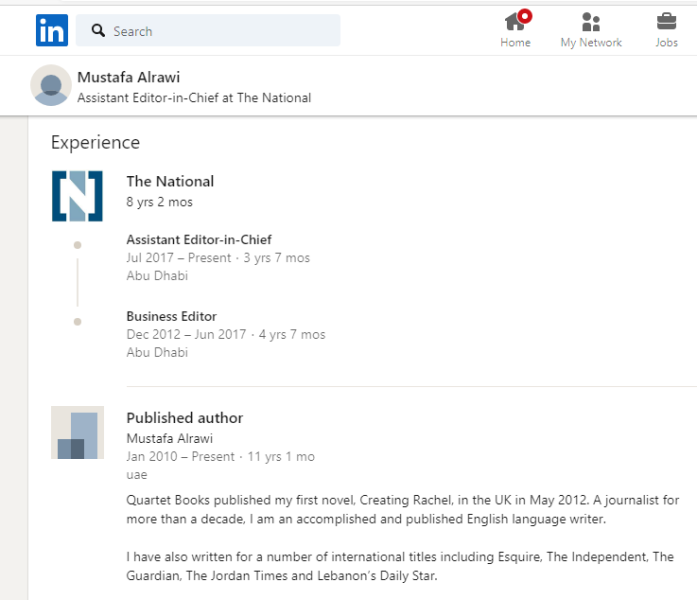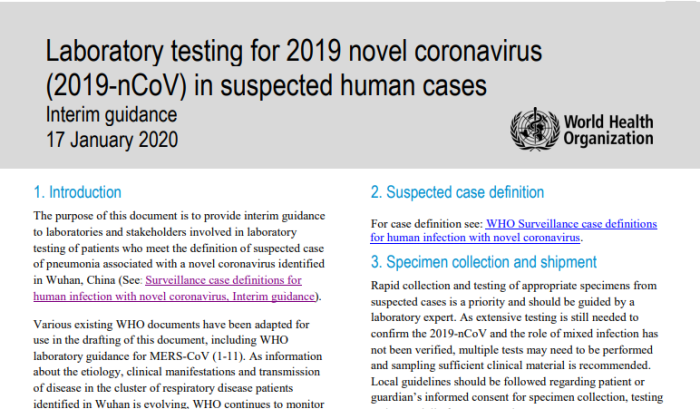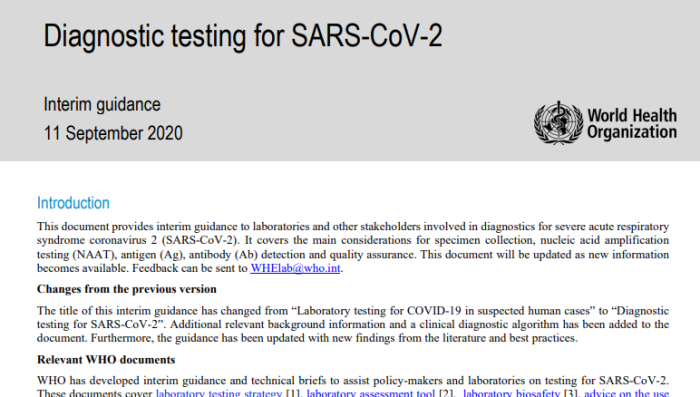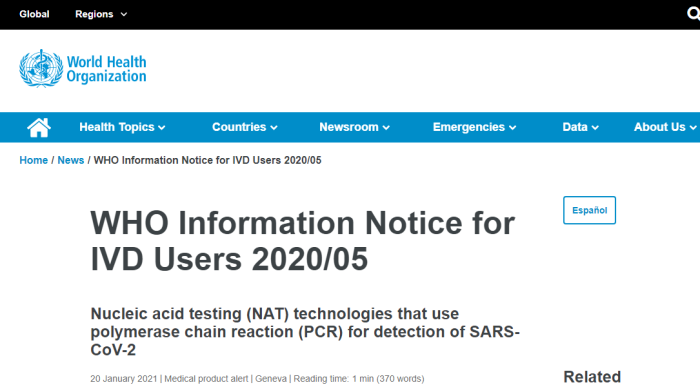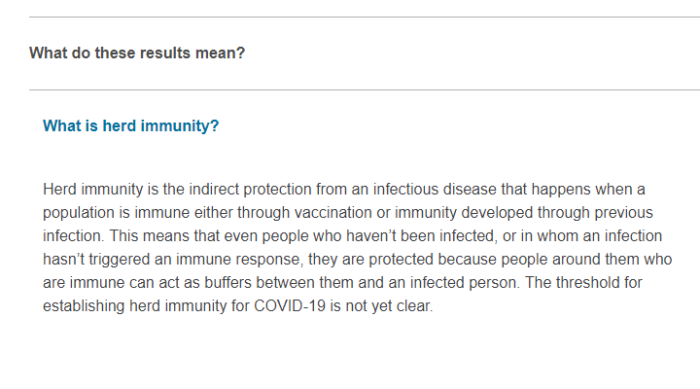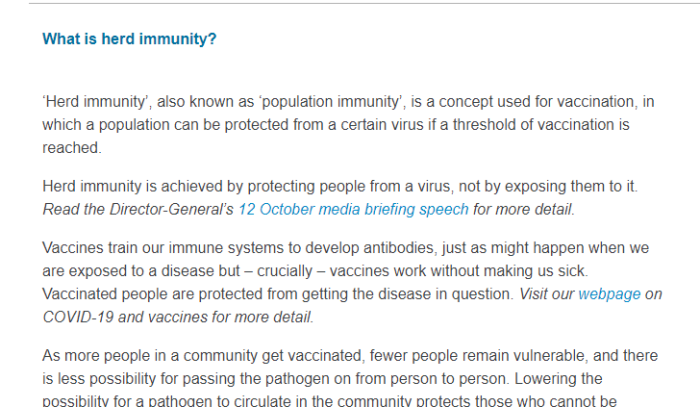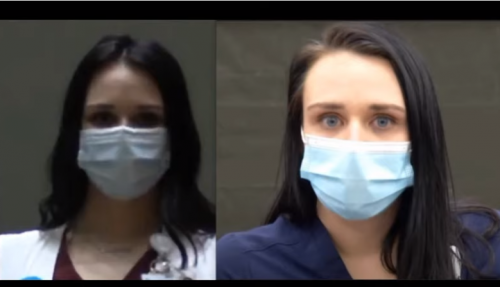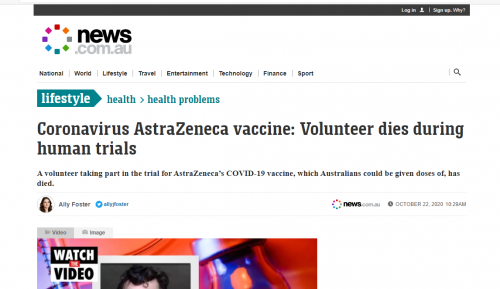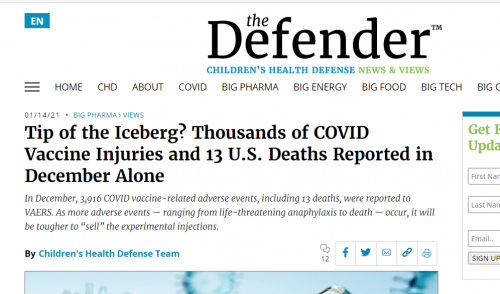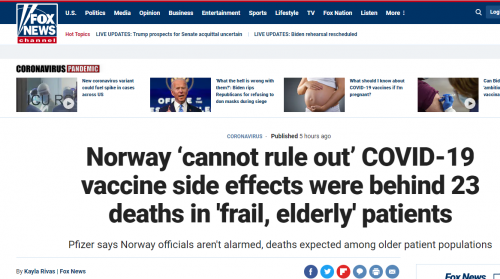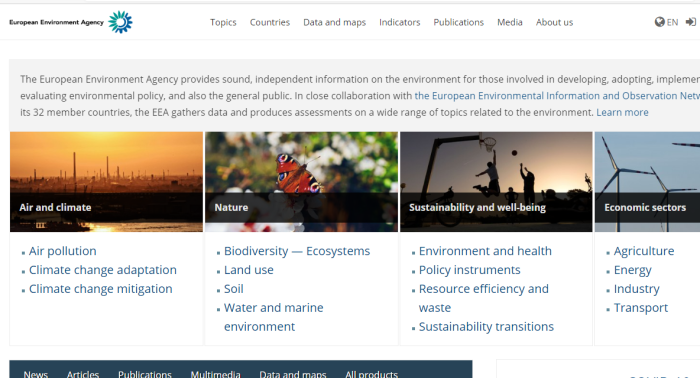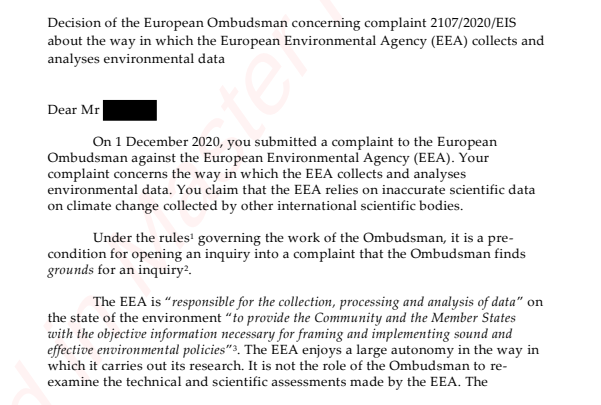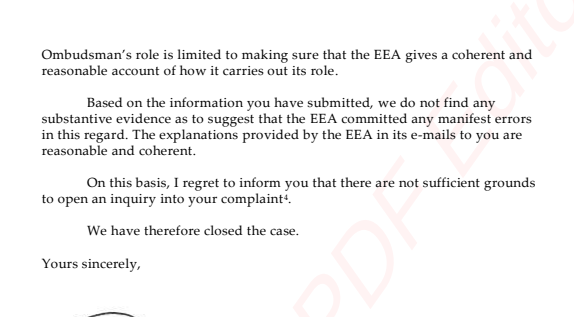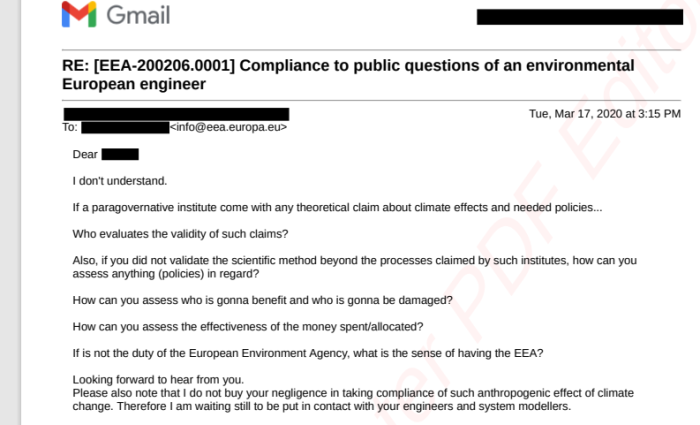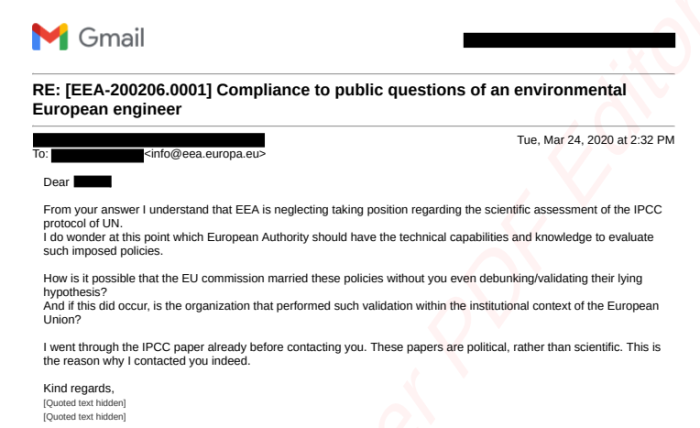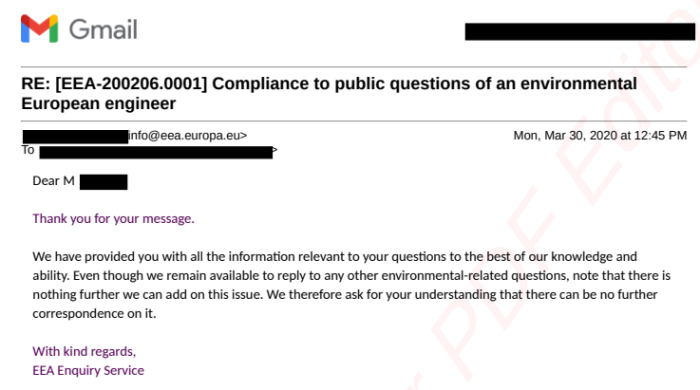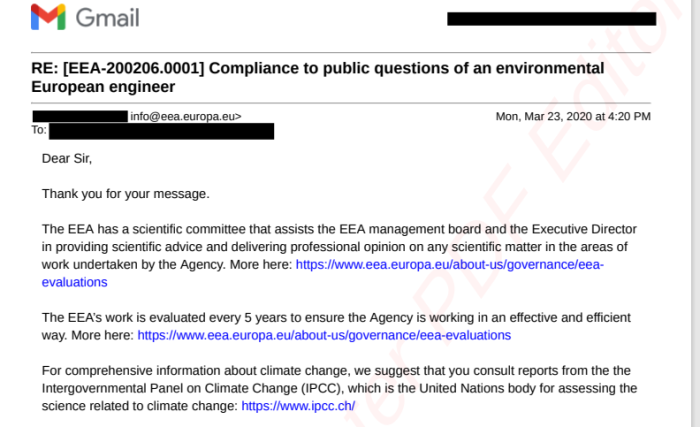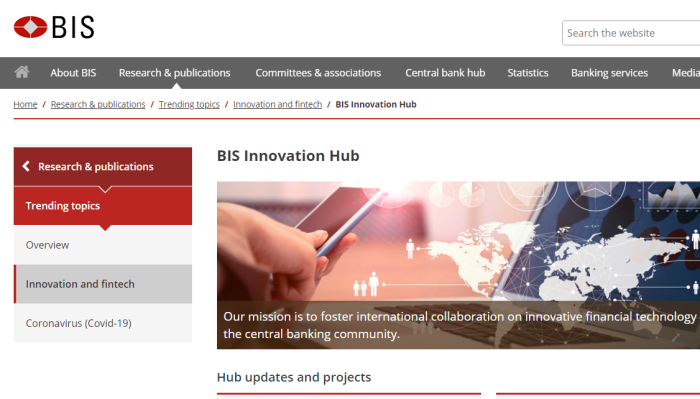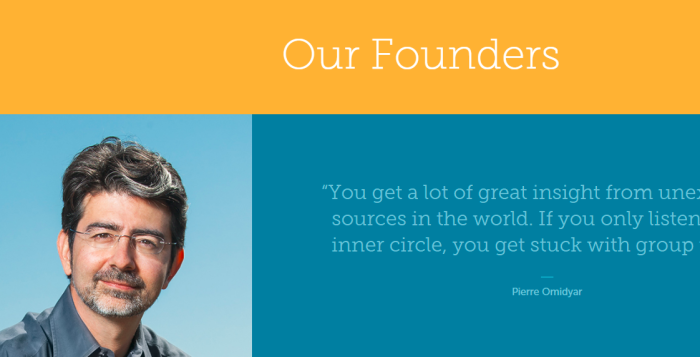
The Omidyar Group, started by e-Bay Founder, Pierre Omidyar, is involved in many areas of social change. To address the elephant in the room: it does appear there are legitimate areas that the Omidyar Group and its many affiliates are involved with. However, there is one in particular that needs to be looked at. NGOs are pushing to ban what they call “misinformation” around the so-called “pandemic”.
1. Important Links
https://www.omidyargroup.com/
https://luminategroup.com/
https://www.sandlerfoundation.org/
https://www.fidelitycharitable.org/
https://twitter.com/ausreset/status/1353402187762847746
https://au.reset.tech/
https://www.reset.tech/about/
https://www.reset.tech/people/
https://archive.is/AuwcW
https://www.weforum.org/people/pia-mancini
2. Omidyar Group: Finance Independent Media

Omidyar Group was launched by Pierre Omidyar (who founded e-Bay in 1995), and his Wife, Pam. This NGO has several interests, including promoting a “more informed citizenry”, which sounds fine on the surface. The organizations that Omidyar funds include:
- Democracy Fund
- First Look Media
- Flourish
- Hopelab
- Humanity United
- Imaginable Futures
- Luminate
- Omidyar Network
- Omidyar Network India
- Ulupono Initiative
The Democracy Fund
The Democracy Fund’s Public Square program invests in innovations and institutions that are reinventing local media and expanding the “public square” to ensure that people can access diverse sources of information and different points of view. The Public Square program supports efforts to combat misinformation deepen individuals’ engagement in civic life though new venues for reasoned debate and deliberation.
First Look Media
First Look Media – a bold independent media company that empowers the most ambitious voices in journalism, arts and entertainment. Launched by eBay founder and philanthropist, Pierre Omidyar, First Look Media today operates across several areas, including an entertainment studio, Topic, which develops, produces and finances feature films, documentaries, television and digital content; the newly launched digital storytelling destination, Topic.com; the award-winning investigative journalism outlet, The Intercept; the critically acclaimed documentary film unit, Field of Vision; and the popular political satire cartoon, The Nib. The company’s first feature film, “Spotlight,” won the 2016 Academy Award® for Best Picture.
Honolulu Civil Beat
Honolulu Civil Beat is an award-winning investigative and watchdog online media enterprise aimed at informing and engaging community members through public affairs and investigative reporting on topics of critical importance to Hawaii.
Humanity United
Humanity United engages and supports media partners, reporters and storytellers to raise awareness and educate key audiences about important social issues. Humanity United supports The Guardian’s media platform titled “Modern Day Slavery in Focus,” a series investigating human trafficking and exploitation around the world.
Luminate
Luminate supports organizations that are committed to defending a vibrant, free press that uncovers the truth and holds power to account. It also works to enable people to shape the decisions that affect their lives and access the services they need, with a focus on those groups that are marginalised or underserved.
Omidyar Network India
Omidyar Network India supports independent journalism that reports on issues concerning citizens and civil society through support such as equity investments in new business models.
The World Post
An advocate for quality journalism, Pierre Omidyar serves on the editorial board of the World Post, a platform for understanding current events through a global lens.
To be clear, there is nothing wrong with bringing new voices into the public discussion. Viewpoint diversity is a great thing. However, when such initiatives are used to shut down or gaslight others, there is a serious problem. Omidyar funds Luminate, who in turn funds Reset. It’s unclear if the goals got corrupted, or if this was always the purpose.
It’s also a bit misleading to think that these outfits are really independent, considering they are controlled by the same people.
3. Luminate: Fund For Public Interest Media
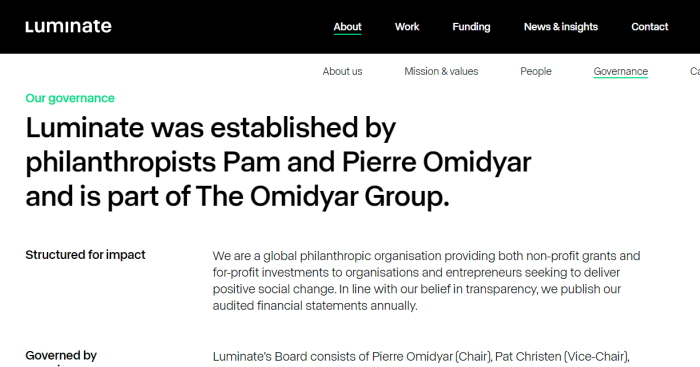
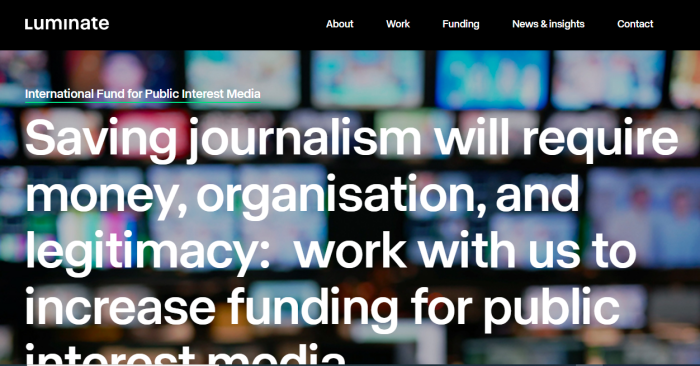
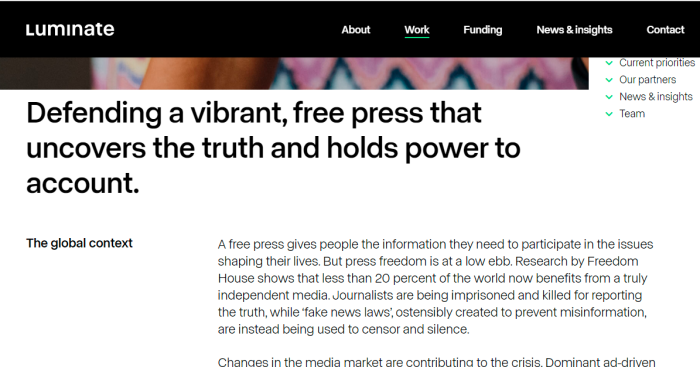
Luminate funds and supports non-profit and for-profit organisations and advocates for policies and actions that can drive change. We prioritise delivering impact in four connected areas that underpin strong societies: Civic Empowerment, Data & Digital Rights, Financial Transparency, and Independent Media.
A free press gives people the information they need to participate in the issues shaping their lives. But press freedom is at a low ebb. Research by Freedom House shows that less than 20 percent of the world now benefits from a truly independent media. Journalists are being imprisoned and killed for reporting the truth, while ‘fake news laws’, ostensibly created to prevent misinformation, are instead being used to censor and silence.
Changes in the media market are contributing to the crisis. Dominant ad-driven models reward tech platforms such as Google and Facebook over publications and journalists. Driven by clicks, these models often favour sensationalism over considered reportage, contributing to declining trust in the media, the spread of misinformation, and the increasing polarisation of communities.
A world without depth, independence, and plurality in the media is vulnerable to corruption and authoritarianism. Now, more than ever, we need a strong fourth estate, free from vested interests.
Thankfully, we are seeing shoots of recovery. Innovative business models, such as membership-driven news sites, are emerging that can support editorially independent media outlets. These models are focused on building trust with audiences and improving coverage representation. Meanwhile, data scientists and journalists are increasingly collaborating to uncover stories of public importance hidden within vast tracts of newly available data. This represents an exciting wave of innovation in independent media.
What we do
We support independent media wherever press freedom is under threat. We do this by investing in courageous investigative journalism, fact-checking organisations, and financial models able to support news outlets free from vested interests.
While all of this sounds fine, the devil is in the details. It all really depends if the groups getting these funds are interested in objective truth, or whether they are interested in promoting a narrative they have decided is truth. One such group they fund is Reset (which also funds Reset Australia).
Luminate is in control of many groups, which again, leads to questions about how independent any of this is.
4. Reset’s Censorship Agenda
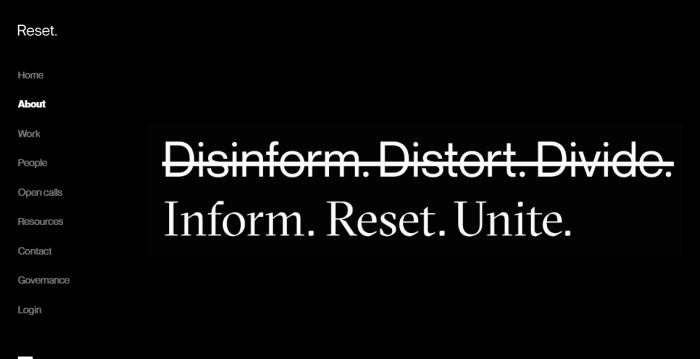
We are an initiative engaged in programmatic work on technology and democracy. We provide grants and contracts while working alongside partners with a shared policy, technology, and advocacy goal in countries with immediate opportunities for change. We operate internationally to ensure that the commercial interests of Big Tech companies are compatible with the values of robust and resilient democracies.
We must reset the rules to stop Big Tech companies profiting from public harm. We can redirect their ambition and innovation to achieve better goals. Code can be changed, markets can be regulated, democracy can be strengthened.
.
Every other major industry – automotive, pharmaceutical, telecommunications, banking – must follow rules that protect the public interest. The Big Tech companies which now have a huge impact on so much of our daily lives should be no different. Yes, businesses should pursue commercial success. But they should do well by doing good.
.
We believe the internet can once again become a force for good, not a marketplace for manipulation by the highest bidder.
We work to combat digital threats to democracy in two ways.
.
First, we develop and promote a public policy agenda that sets fair rules and standards for Big Tech companies. Our integrated and comprehensive strategy drives policy reform across content moderation, data privacy, competition, elections, security, taxation, education and public service media. We support research that builds the case for change.
.
Second, we work to develop and communicate a vision of the internet that serves democracy – explaining problems, offering solutions, prototyping new technologies and engaging in education and activism.
To make this clear, Reset doesn’t put forward good ideas that will better shape how society is run. There would be nothing wrong with this. Instead, Reset wants to change the rules of the internet — namely shut down dissenting views — in order to ensure that their ideas win out. This is censorship, plain and simple.
Luminate, a major donor prides itself on funding independent media. Makes one wonder if they have no idea about this, or they know, but support the agenda.
5. Mancini/Wood, World Economic Forum
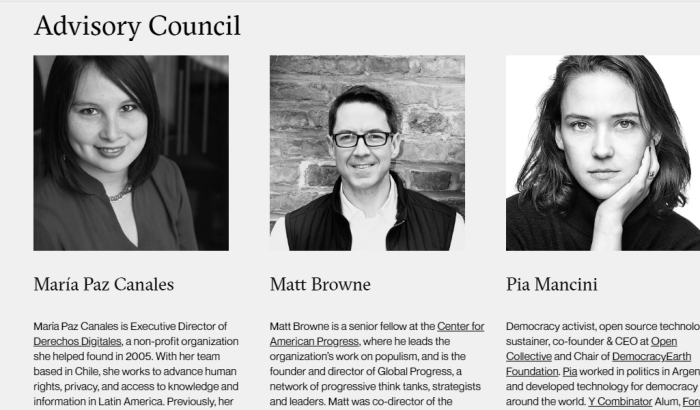


Pia Mancini
Democracy activist, open source technology sustainer, co-founder & CEO at Open Collective and Chair of DemocracyEarth Foundation. Pia worked in politics in Argentina and developed technology for democracy around the world. Y Combinator Alum, Forum of Young Global Leaders (World Economic Forum), globe-trotter, and Roma’s mum
Poppy Wood
As a consultant on public policy, Poppy leads on Reset’s UK policy and political strategy. Combining her expertise in policy and technology, Poppy’s mission is to maximise Reset’s impact in the UK, and driving its powerful policy agenda. As well as having run multiple technology advisory businesses, supporting some of the world’s leading technology companies and start-ups, Poppy also worked in Downing Street for two years where she was an advisor on public appointments and tech policy. Poppy is a World Economic Forum “Global Shaper” and in 2018 was recognised in Brummell Magazine’s “Ones to Watch” list celebrating London’s high-potential talent.
Interesting that 2 women pushing to prevent criticism (globally), of “misinformation” surrounding the coronavirus are also part of the World Economic Forum, which is promoting lockdowns.
6. Reset Australia, Branch Of RESET
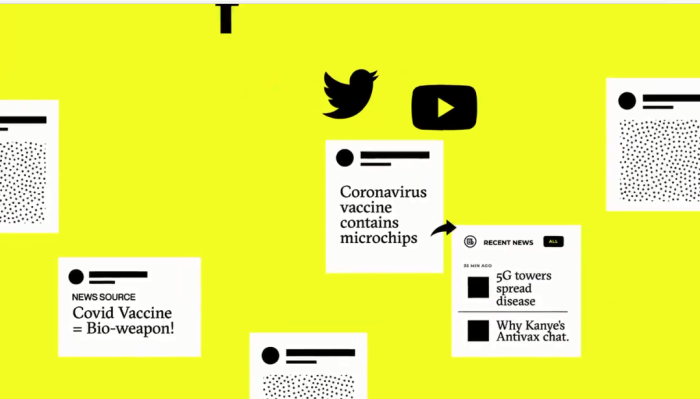
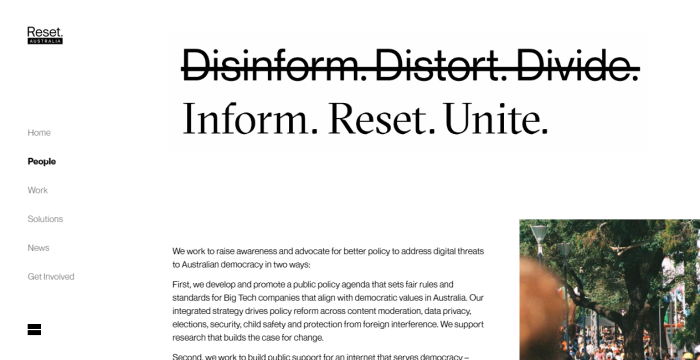

We work to raise awareness and advocate for better policy to address digital threats to Australian democracy in two ways:
.
First, we develop and promote a public policy agenda that sets fair rules and standards for Big Tech companies that align with democratic values in Australia. Our integrated strategy drives policy reform across content moderation, data privacy, elections, security, child safety and protection from foreign interference. We support research that builds the case for change.
.
Second, we work to build public support for an internet that serves democracy – explaining the issues, co-creating solutions and building public support for change.
.
We are an Australian affiliate of Reset, an initiative working to counter digital threats to democracy across the world. Reset Australia is a not-for-profit charity registered in Australia with close ties to our international partner. We share a common mission and organisational values. Our teams are coordinated in our goals and activities, and we benefit from the knowledge, relationships, and financial resources of Reset’s international network.
Just like their parent company, Reset Australia seems to have little interest in searching for truth. Instead, the media in general — and social media in particular — must change their behaviour in order to comply with how things ought to be. And who is running the organization?
Simon Goff
Simon has deep experience working on some of the world’s most complex problems – crafting new ways to channel the power of culture toward positive social change. Through his career he has built unique partnerships to harness the potential of powerful storytelling to mobilise people to action. He is currently Managing Director and Partner at Purpose, where he has led projects with clients including The Bill & Melinda Gates Foundation, the LEGO Foundation, the Children’s Investment Fund Foundation, Google, Unilever, the World Health Organization, the Red Cross, AGL, and The Fred Hollows Foundation on issues including early childhood development, digital rights, climate change, avoidable blindness, and women’s empowerment.
Ben Scott
Ben is executive director at Reset, where he is responsible for strategic direction, overseeing the coordination of policy, technology and civic engagement work, providing expert counsel on policy development and advocacy. His mission is to push financial, knowledge and relational resources into a global network of organisations working to achieve shared aims. Before starting Reset, he co-led the Stiftung Neue Verantwortung (SNV) in Berlin, helping develop the organisation into a leading tech policy voice in German politics. He was also a Senior Adviser to New America in Washington DC, helping design the Public Interest Technology Initiative, and led the technology policy advisory group for the 2016 Clinton US presidential campaign.
Amit Singh
Amit Singh is a consultant specialising in economics and policy and advises clients in financial services, government and the tech sector. He is a managing director at the consultancy, AlphaBeta. He was previously head of global economic and work policy at Uber in San Francisco. He has also served as senior economic adviser to two Australian Prime Ministers. Earlier in his career, he worked as a capital markets lawyer and co-founded a consumer aggregator with over 350,000 members. He has delivered papers and presentations on digital marketplaces and the future of work at the OECD and ILO.
These aren’t some nobodies here. These people have real connections, and some real political clout. So, if they want to shut down criticism of the Covid-19 narrative, under the guise of “fighting misinformation”, they have a real chance to make it law.
7. Reset Australia’s Censorship Drive

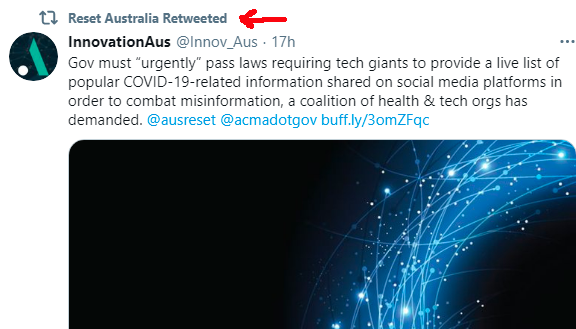
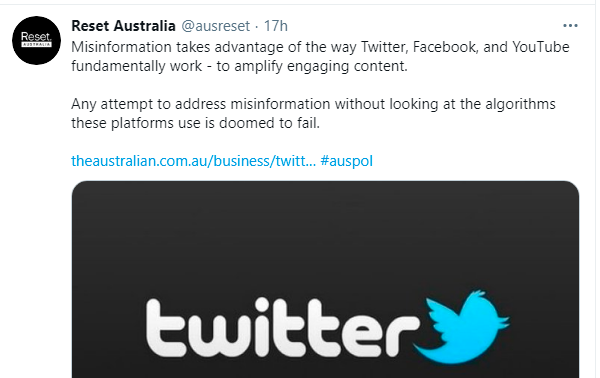


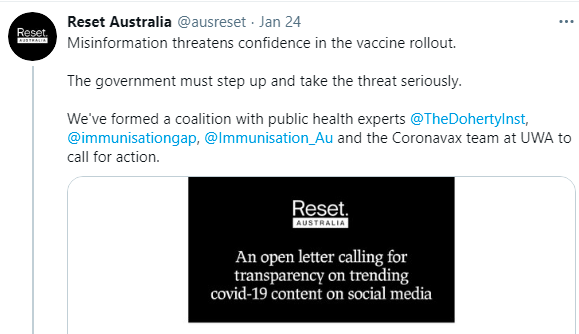
The above screenshots of Reset Australia’s Twitter feed is just a small sample of that they are tweeting and retweeting. They are clearly, unambiguously, and repeatedly calling for censorship under the guise of public safety.

